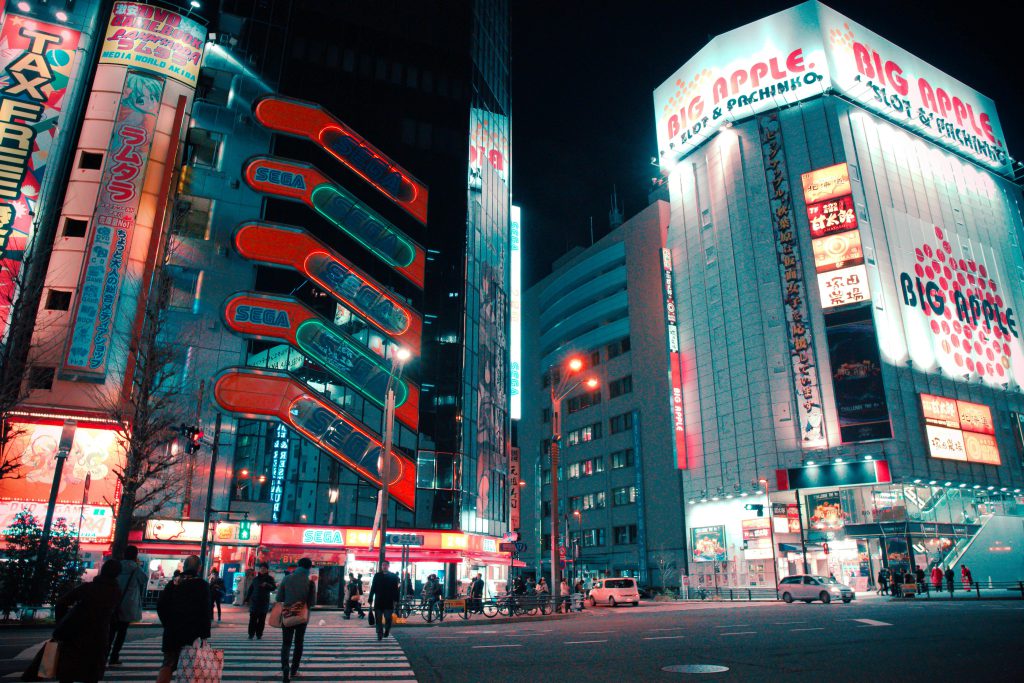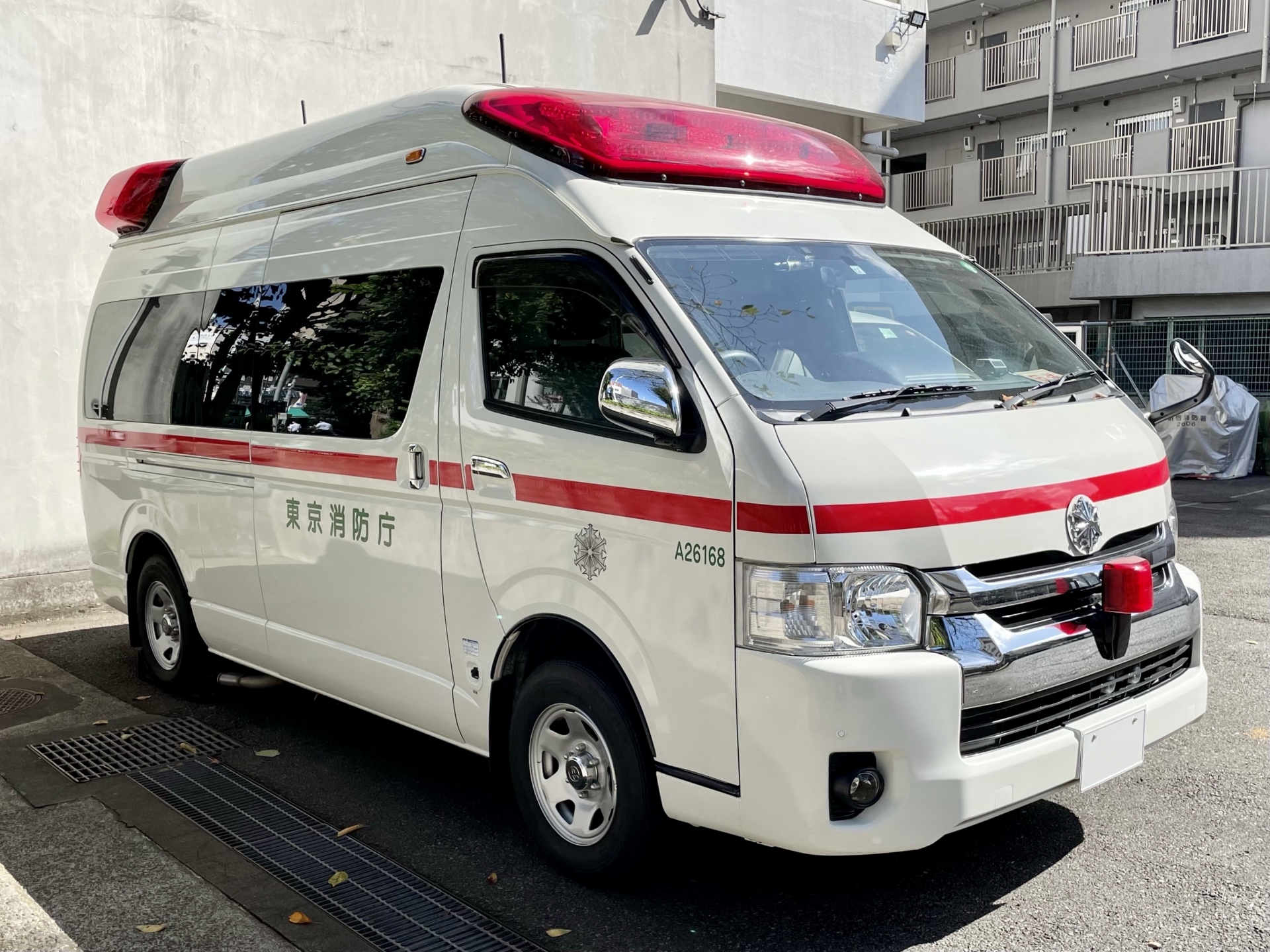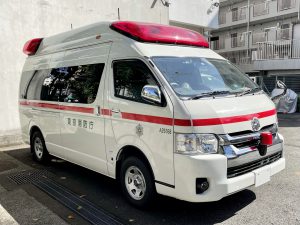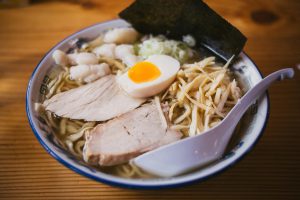Japan is one of the most earthquake-prone countries in the world, sitting at the intersection of several tectonic plates. While most quakes are minor and cause little to no damage, it’s essential for travelers to be prepared for the possibility of experiencing one.
Knowing what to do during and after an earthquake can protect you and help you respond calmly and effectively. In this complete guide, we’ll cover how to prepare, how to act during a quake, and what to do afterward to stay safe.
Let’s make sure you’re ready for anything!
Before Your Trip: Earthquake Preparedness
1. Know the Basics
- Earthquake Early Warning System: Japan has a highly developed alert system that sends notifications to smartphones and public announcement systems.
- Emergency Numbers:
- Police: 110
- Ambulance/Fire: 119
2. Pack a Basic Emergency Kit
Even for short trips, it’s a good idea to carry:
- Portable battery charger
- Bottled water
- Snacks
- Flashlight
- Basic first-aid supplies
- Copies of your passport and travel insurance
- Whistle
3. Stay Informed
- Download apps like “Safety Tips” (by JNTO) that send emergency alerts in English.
- Familiarize yourself with your hotel’s evacuation procedures.
4. Learn Basic Japanese Emergency Phrases
- “Jishin desu!” (地震です!) — “It’s an earthquake!”
- “Anzen na basho wa doko desu ka?” (安全な場所はどこですか?) — “Where is a safe place?”
What to Do During an Earthquake
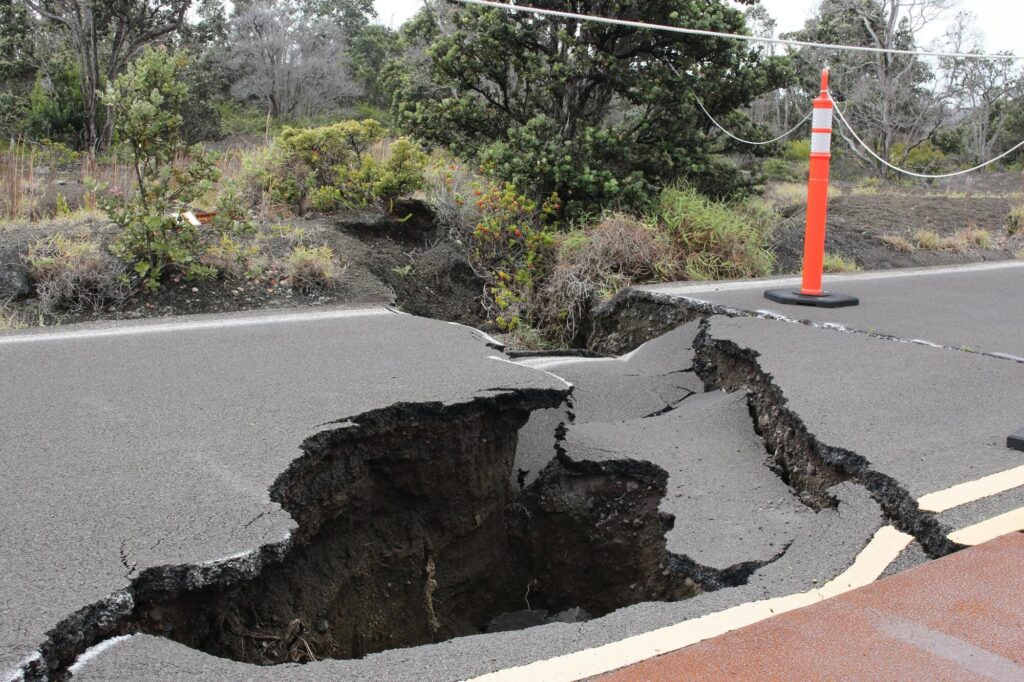
1. Stay Calm
Panic can lead to injury. Take a deep breath and focus on your immediate safety.
2. Protect Yourself
- Indoors:
- Drop to the ground.
- Take cover under sturdy furniture.
- Hold on until the shaking stops.
- Stay away from windows, glass, and heavy objects.
- Outdoors:
- Move away from buildings, streetlights, and utility wires.
- Find an open space if possible.
- In Public Transport:
- Trains and buses will stop automatically.
- Follow staff instructions and do not rush.
3. Stay Indoors Until the Shaking Stops
Many injuries happen when people attempt to run outside during an earthquake. It’s usually safer to stay inside.
4. Protect Your Head
Use a bag, book, or your arms to shield your head from falling objects.
After the Earthquake
1. Check for Injuries
- Examine yourself and others for injuries.
- Apply first aid if necessary.
- Seek medical help for serious injuries.
2. Be Aware of Aftershocks
- Aftershocks are smaller earthquakes that follow the main shock.
- They can cause further damage, so stay alert.
3. Exit Carefully
- If the building is structurally damaged, exit carefully when the shaking stops.
- Use stairs, not elevators.
4. Head to Evacuation Centers
- Look for signs reading 非難所 (Hinanjou — Evacuation Center).
- Schools, gyms, and public buildings often serve as shelters.
- These centers offer basic necessities like food, water, and information.
5. Stay Updated
- Listen to local news via TV, radio, or smartphone apps.
- Official information will include evacuation orders, tsunami warnings, and transportation updates.
Common Terms You Might Hear
| Japanese | English | Notes |
|---|---|---|
| Jishin | Earthquake | 地震 |
| Tsunami | Tsunami | 津泊 |
| Hinanjo | Evacuation Center | 非難所 |
| Kaji | Fire | 火事 |
| Keisatsu | Police | 警察 |
| Kyūkyūsha | Ambulance | 急急車 |
What to Do If You Are Near the Coast
1. Tsunami Warning
- Move to higher ground immediately.
- Do not wait for official instructions if you feel a strong or long-lasting earthquake.
2. Signs of a Tsunami
- Sudden retreat of the water from the beach.
- Loud roaring sound from the ocean.
Tip: Even small tsunami waves can be deadly. Always prioritize speed over gathering belongings.
If You Are in a Hotel
1. Follow Staff Instructions
Hotel staff are trained for emergencies. Listen carefully and follow evacuation procedures.
2. Use Emergency Exits
Know where the stairwells and emergency exits are located.
3. Check for Emergency Kits
Many hotels provide emergency kits with water, flashlights, and basic supplies in guest rooms or at reception.
If You Are in a Train Station or Shopping Mall
1. Stay Where You Are
- Moving while the ground is shaking can be dangerous.
- Move to a wall or a strong support column if possible.
2. Wait for Announcements
- Train stations and malls will broadcast instructions in Japanese and often in English.
3. Expect Transportation Delays
- Train lines may shut down for safety inspections.
- Have alternate plans or accommodations ready.
Emergency Apps for Travelers
- Safety Tips: Earthquake alerts, tsunami warnings, and evacuation information in English.
- Japan Official Travel App: Maps, safety tips, and disaster alerts.
- NHK World Japan: News updates in English during emergencies.
Sample Earthquake Safety Checklist
- Know nearest evacuation points.
- Save local emergency numbers.
- Download safety apps.
- Pack basic emergency supplies.
- Learn basic emergency phrases in Japanese.
FAQ
How common are earthquakes in Japan?
Minor earthquakes happen almost daily. Large, destructive ones are rare but possible.
What should I do if I don’t understand the announcements?
Look for visual cues and follow the crowd toward evacuation points.
Is it safe to visit Japan?
Yes! Japan’s infrastructure is among the most earthquake-resilient in the world.
What if I’m on a high floor during an earthquake?
Stay indoors and away from windows. After the shaking stops, exit using the stairs.
Should I cancel my trip because of earthquakes?
Generally, no. Earthquake risks exist, but preparation and awareness greatly reduce dangers.
Conclusion
Experiencing an earthquake can be frightening, but knowing what to do can keep you safe. Stay calm, protect yourself during the shaking, and follow official instructions after it stops.
Traveling to Japan offers unforgettable experiences—don’t let fear hold you back. With a little preparation, you can explore the Land of the Rising Sun with confidence and peace of mind.
Safe travels, and remember: stay informed, stay calm, and stay safe!












